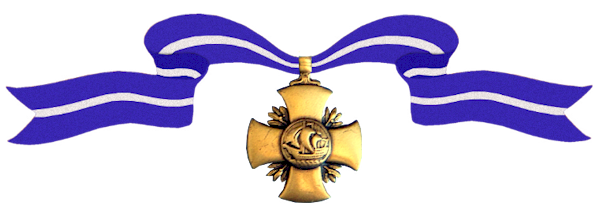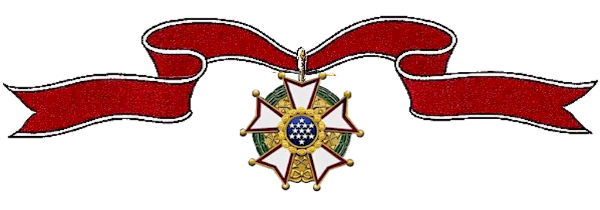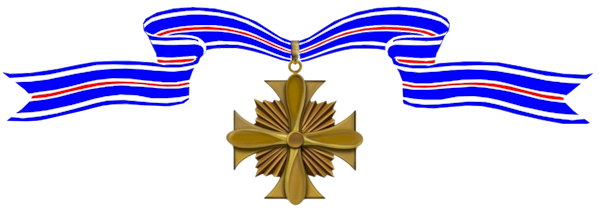Kenneth Cameron was interned as a Prisoner of War in North Vietnam after he was shot down on May 18, 1967. Following the pressure and constant torture that earned him the Navy Cross, he died in captivity on or about October 4, 1970. His remains were recovered and returned on March 6, 1974.

–
Cemetery:
Awards Received
-

Prisoner of War Medal
-

Navy Cross
-

Legion of Merit
-
Prisoner of War Medal
Service:
United States NavyRank:
CaptainDivision:
Prisoner of War (North Vietnam)Action Date:
May 18, 1967 – October 4, 1970
Captain Kenneth Robbins Cameron (NSN: 0-554612), United States Navy, was held as a Prisoner of War in North Vietnam from May 18, 1967 until his death in captivity on or about October 4, 1970.
-
Navy Cross
Service:
United States NavyRank:
Captain [then Commander]Division:
Prisoner of War (North Vietnam)Action Date:
May 18, 1967 – October 4, 1970
Authority: Navy Department Board of Decorations and MedalsThe President of the United States of America takes pride in presenting the Navy Cross (Posthumously) to Captain [then Commander] Kenneth Robbins Cameron (NSN: 0-554612), United States Navy, for extraordinary heroism as a Prisoner of War in North Vietnam from 18 May 1967 to 4 October 1970. Under constant pressure from the North Vietnamese in their attempt to gain military information and propaganda material, Captain Cameron experienced severe torture with ropes and by beatings and was kept in solitary confinement. As they persisted in their hostile treatment of him, he continued to resist by feigning sickness and refusing to eat anything but a bare minimum of food. Through those means he was successful in his attempt to keep himself unacceptable in appearance to the North Vietnamese, thus discouraging them from forcing him to meet visiting antiwar delegations for propaganda purposes. He gallantly evaded exploitation by the North Vietnamese throughout his lengthy confinement. By his exceptional courage, determination, and resourcefulness in a most difficult line of resistance, he reflected great credit upon himself and upheld the highest traditions of the United States Naval Service and the United States Armed Forces.
-
Legion of Merit
Service:
United States NavyRank:
CaptainDivision:
Prisoner of War (North Vietnam)Action Date:
May 18, 1967 – October 4, 1970
The President of the United States of America takes pride in presenting the Legion of Merit with Combat “V” (Posthumously) to Captain Kenneth Robbins Cameron (NSN: 0-554612), United States Navy, for exceptionally meritorious conduct in the performance of outstanding services to the Government of the United States while interned as a Prisoner of War in North Vietnam from 18 May 1967 to 4 October 1970. Under the most adverse of conditions, he resisted all attempts by the North Vietnamese to use him in causes detrimental to the United States and his fellow prisoners. Despite the adversities of confinement, he performed such duties and responsibilities as assigned by superiors and required of the Code of Conduct in an exemplary and highly professional manner. Displaying extraordinary courage, resourcefulness, and dedication throughout this period of imprisonment, he reflected great credit upon himself and upheld the highest traditions of the United States Naval Service and the United States Armed Forces. [The Combat Distinguishing Device is authorized.]


